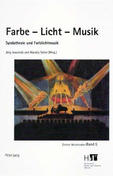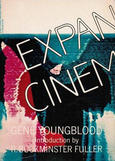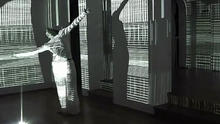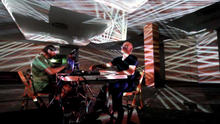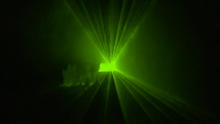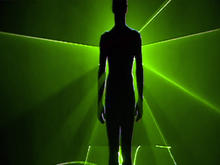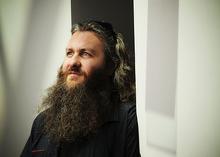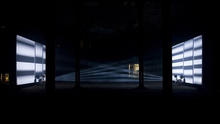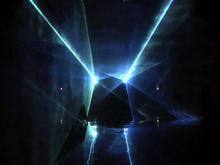Kurt Laurenz Theinert
(*1963), photographer and light artist, concentrates in his work on visual experiences that do not refer, as images, to anything.
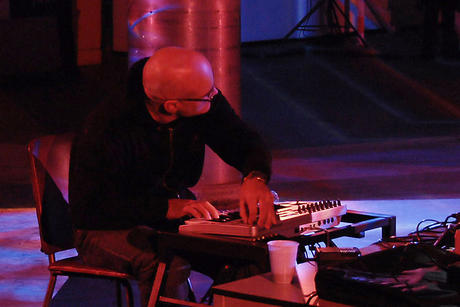
Kurt Laurenz Theinert is striving for an abstract, reductiv aesthetic that has ultimately led him – through a wish for more dematerialisation – from photography to light as a medium. With the aid of software developers Roland Blach and Philipp Rahlenbeck, he has also created an ‘image instrument’ (visual piano) on a MIDI-keyboard basis, that allows him to translate his artistic intentions into live performances while configuring time with light. Close collaboration with Richard Spaeth, a sound artist, and several musicians has enriched his work not only by adding another, non-material medium – sound – it has also promoted constant refining and monitoring of his own artistic stance.
Source: Kurt Laurenz Theinert
The visual piano is an instrument which makes it possible to create moving images in a space. It is unique and was conceived and developed by the photographer and light installation artist Kurt Laurenz Theinert in collaboration with the software designers Roland Blach and Philip Rahlenbeck.
Using a MIDI-keyboard it is possible to generate varying graphic patterns which can be digitally projected onto one or more screens. These dynamic and immediate drawings in light are not (as with VJ soft-and Hardware) generated by pre-recorded clips, but every moment of the performance is being played and modulated live and in real time via the keyboard and pedals.
Initially Theinert projected his drawings in light straight onto one screen; the expansion of the projection into 360° allows him to expand the visual experience of the audience into three dimensions. The intensified visual experience is astonishing: The defining edges of the darkened space are replaced by big, moving structures of light and the viewer gets immersed in a totally new cosmos of moving lines and fields of colour. The projection onto one screen was strongly reminiscent of constructivist painting and other modernist movements, the 360° projections generate architectural and technical associations. One is reminded of computer generated 3D simulations or laser beams. The symmetrical composition of the projection creates crystalline shapes that remind us of the design principles of Art-Deco or the utopian designs of expressionist architecture. At the same time the psychedelic colours quote the aesthetics of the Sixties.
Form and content are of one here. The visual piano performances explore professional contemporary artistic practice through the abstract, ephemeral medium of light, but at the same time they are consciously located in close proximity to the genre of serious entertainment.
(Winfried Stürzl)
Source: Kurt Laurenz Theinert
